Research overview
The molecular basis of regeneration
The replacement of differentiated cells is a major challenge for all metazoans. Humans, for example, must replace an estimated 10 billion cells every day. Despite the importance of regenerative processes to human biology and health, the molecular and cellular mechanisms driving the restoration of body parts lost to physiological turnover and/or injury remain largely unexplored. This is paradoxical, especially if one considers that the regeneration of missing body parts raises important questions concerning the regulation of polarity, positional identity, and scale and proportion, all of which remain essentially unresolved. Hence, the goal of my laboratory is to uncover the molecular and cellular mechanisms underpinning animal regeneration. To address this long-standing problem of biology, we have chosen the planarian Schmidtea mediterranea as a model system. Planarians are renowned for their regenerative capacity, which is driven by an intriguing population of collectively totipotent stem cells.
In the past few years, we have endeavored to develop the requisite molecular tools to dissect the remarkable biology of these animals. We have established loss-of-function assays, large collections of cDNAs, completed an RNAi-based screen, recently sequenced and completed the annotation of the S. mediterranea genome. These advances have allowed us to commence systematic cellular and molecular genetic studies on animal regeneration and the attendant stem cells driving this phenomenon. Our efforts are beginning to offer mechanistic insights into biological properties that are not only crucial to regeneration, but also essential for the normal development of higher organisms, including humans.
Lab history
The Sánchez Alvarado Lab established a freshwater flatworm—an organism called Schmidtea mediterranea, also known as planaria—as a powerful new model system to study the molecular mechanics of regeneration. By identifying and characterizing regeneration at the molecular level, we hope to gain a better understanding of how higher organisms, including humans, develop biologically.
Read about capturing the worms in the wild and the challenges of keeping them alive in this interview with The Scientist.


